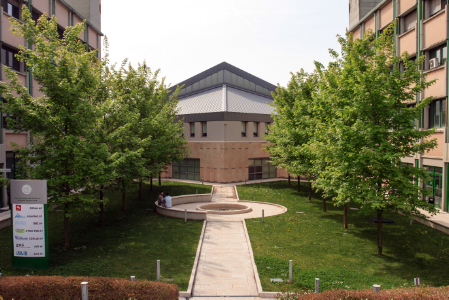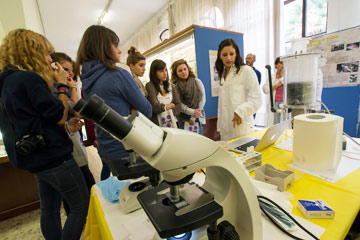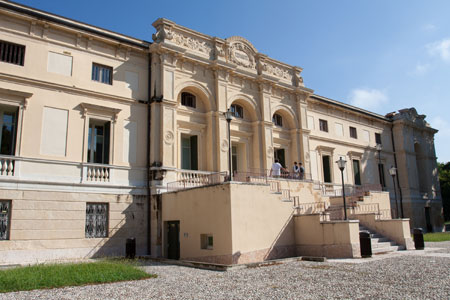To show the organization of the course that includes this module, follow this link  Course organization
Course organization
Learning outcomes
The course provides basic elements of computer science and the first elements of programming. At the end of the course the students knows the concepts of algorithm, program, information, the basic structure of hardware systems, operative systems and networks, can read simple programs written in C and C++, and can write elementary C and C++ programs. No object oriented programming is covered.
Algorithms and programs: difference between knowing how to resolve a problem and being able to resolve a problem, interpretation of a language, problem decomposition, algorithm. Properties of an executor. FLow diagrams.
Programing languages: syntax and semantics, instructions (input/output, arithmetic/logical, control), operators, main constructs (if-then-else, while, repeat), variables and elementary types, vectors, subprograms.
Elements of information theory: conditions for existence of information, codes, syntactic, semantic and pragmatic information, measure of information and concept of bit, entropy, binary encoding.
Computer architecture: Von Neumann machine, structure of a CPU (block diagram, execution of an instruction), memory (structure, types of memory, performance parameters), I/O devices, interrupts.
Operating systems: objectives, functionalities, main components. Process management, memory management, peripherals management, file systems.
Networks: local and wide area networks, packet and circuit switching, ISDN, DSL, ATM, modems, components, IP protocol, DNS.
The course consists of 32 hours of frontal lectures and 24 hours of laboratory. The frontal lectures are dense in contents, though not all the covered material is required. In this way the student is exposed to several examples that illustrate the main concepts. Each laboratory lecture consists of solving simple programing problems.








